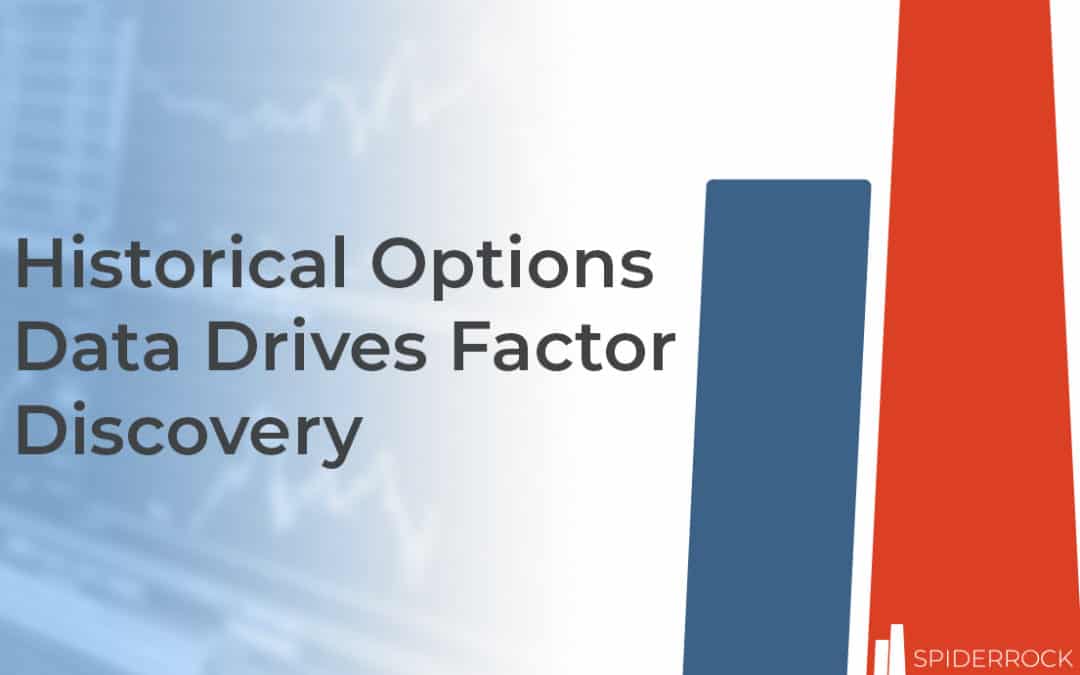Consider the ocean of elements that comprise U.S. equity derivatives markets — 16 options exchanges, thousands of optionable securities, tens of millions in average daily volume, billions of daily messages, and a growing constituency of active, self-directed options market participants.
In this complex system, any given options contract, indicated or canceled interest in an options contract, or consummated trade of an option, represent a wealth of characteristics that, especially when paired with other market analytics, can be useful to portfolio managers and traders. This holds true whether they are option-centric in their strategies or want to use the information as part of their quantamental approach to trade the underlying. SpiderRock has witnessed this growing trend of institutional equity managers using historical options datasets to create alpha-generating factors.
As options volumes have exploded in the past two years, in no small part due to bouts of single name ‘meme’ volatility (from $GME to $AMC to $CAR), there is even more relevance to this data beyond headline-grabbing. This data has also become increasingly crunchable due to continued technological developments in the realms of machine learning and hardware, for example.
The nuggets that can be mined from these large batches of information are myriad.
Is the flow institutional or retail? Does this imply a degree of toxicity? Does the order flow of this group of participants, or in some aggregate context, impact the underlying security or an index/ETF of which the security is a substantial holding? What does the intraday and end-of-day positioning of market participants mean for sentiment? SpiderRock’s Option Print Set helps to identify the answers to those questions. Retail traders have been day-trading options for a long time — just look at the dotcom bubble. But the group that entered the market recently shifted interest to short-dated options, which is another investigable phenomenon with its own discrete impacts.
Another arena for analysis of actionable factors is options skew data. The dynamics of “skew steepening” and “skew flattening” (or “sticky delta” and “sticky strike” skew) have predictive possibilities for cross-section stock portfolio returns. Those parameters can be pulled from SpiderRock’s volatility surface datasets.
This SpiderRock data — real-time options data, volatility surfaces, and historical pricing, including the Greeks and implied volatility — can be delivered via different methods. Learn more about data delivery here.
To learn more about using SpiderRock’s data to help find actionable factors, reach out to SpiderRock or download the whitepaper, Watch the Crowd: Using SpiderRock Options and Stock Data to Filter for Risk and Opportunity in Equities.
